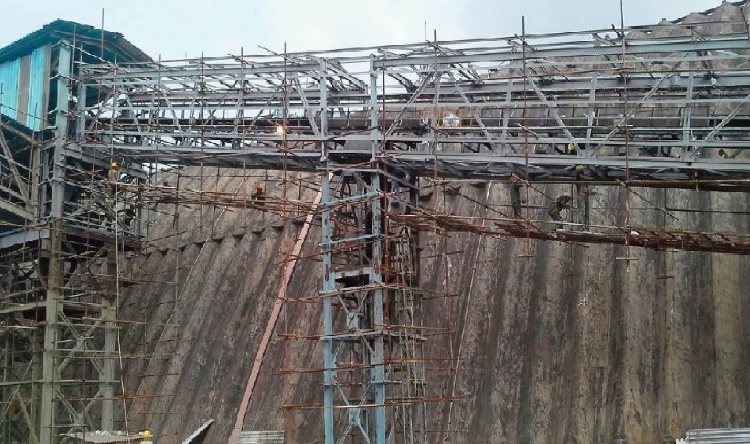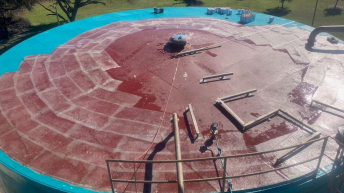Featured Products
Plasmet ZF
On maintenance coating projects that occur on land or offshore, the asset owner may require a coating solution that is surface-tolerant due to environmental, safety, or cost constraints.
In this case, we specify systems that are either fully coated or primed and coated with our Plasmet ZF.
Plasmet ZF utilizes a proprietary blend of epoxy resins and pigments to allow for a surface tolerant glass flake and a Micaceous Iron Oxide (MIO) reinforced barrier coating that will outperform every other surface-tolerant epoxy coating on the market. Over the past 20+ years since its development, Plasmet ZF has been used to coat the externals of inshore, offshore and marine assets when using minimal levels of surface protection and still yielding long service lives.
We understand that abrasive blasting may not always be an option. It was for this reason that we designed the Plasmet ZF with rust inhibitors and adhesion promoting additives that allow it to obtain very high adhesion rates with little to zero surface preparation. While we do maintain that the more surface preparation the better, we have seen Plasmet ZF work well on surfaces prepared via powertool (SSPC SP3), hand tools (SSPC SP2) or even solvent wipe only (SSPC SP1).
The product has an extremely long overcoating window with itself. After wiping with a solvent, we have seen very high inter-coat adhesion rates even after greater than 28 days between coats. With this in mind, we often blast and prime structural steel in the shop and then solvent wipe and apply the next coat of corrosion protection in the field.
While in the field, we understand that abrasive blasting may not always be an option. It was for this reason that we designed the Plasmet ZF with rust inhibitors and adhesion promoting additives that allow it to obtain very high adhesion rates with little to zero surface preparation. While we do maintain that the more surface preparation the better, we have seen Plasmet ZF work well on surfaces prepared via powertool (SSPC SP3), hand tools (SSPC SP2) or even solvent wipe only (SSPC SP1).
Plasmet ZF can be used as a primer for applying more chemical resistant coatings to. In this way, in certain instances, specifiers whom are dealing with the often mutually exclusive choice to either abrasive blast or apply a chemically resistant coating or lining can have their cake and eat it too. Other Corrocoat products that are used in conjunction with the Plasmet ZF are as follows:
Plasmet AR3 – used to resist full immersion of 98% sulfuric acid and other chemically corrosive service environments that range from 0-14 pH.
Corrocoat Zip E – A glass flake reinforced epoxy coating or lining used in severe corrosion service environments
Plasmet HTE – Our most abrasion resistant coating and lining; also having great chemical resistance and can withstand full immersion in temperatures up to 230 F.
Plasmet ZE – A chemically resistant epoxy lining ideally suited for shop or field application.
Also, for galvanized surfaces, we slightly altered the Plasmet ZF formulation to further promote adhesion to galvanized surfaces to create Plasmet ZGalv.
Plasmet ZF for conformance to third party standards for compliance with Norsok – for use on offshore oil platforms. We are pleased to announce that this product is approved for use in the following areas of offshore oil platforms and vessels:
Norsok System M-501 Edition 6, System 3B, Ballast Water Tanks, internal immersion in sweat filled compartments.
Testing and applicable standards associated with this test are as follows. Reports available upon request,
Norsok System M-501 Edition 6, system 7A, for protection of Carbon steel and stainless steel in the splash zone
The tests required for Norsok M-501 System 7A include Cyclic Aging, Seawater Aging and Cathodic Disbondment. Test results are available upon request.
Norsok System M-501 Edition 6, System 1, for applications on structural steel and exteriors of equipment, vessels, piping and valves (not insulated), including tidal and splash zone.
The tests required for Norsok M-501 System 7A include Cyclic Aging, Seawater Aging and Cathodic Disbondment. Test results are available upon request.
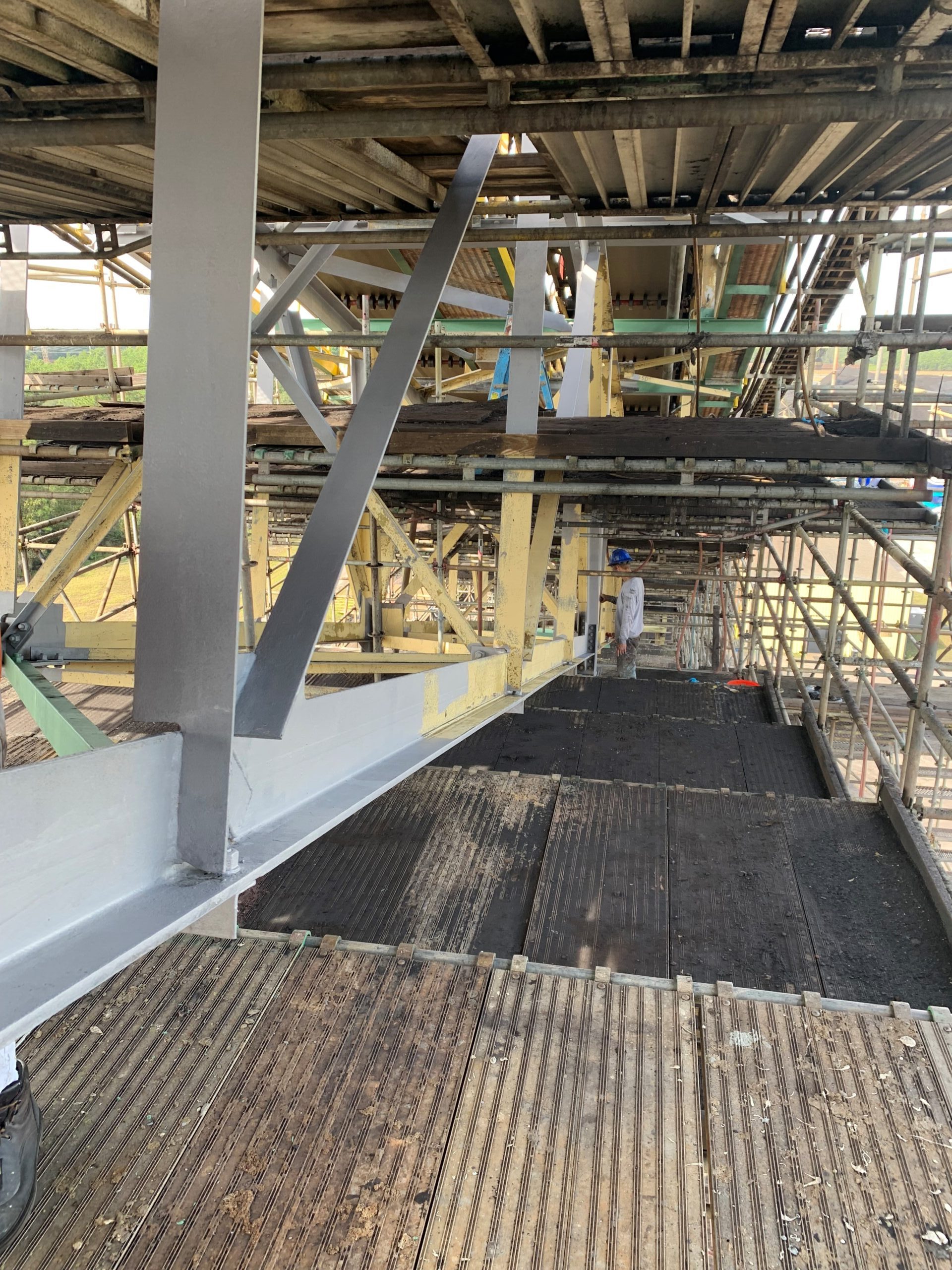
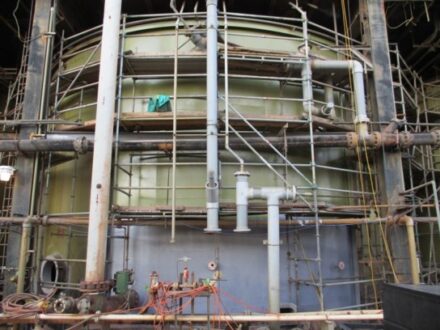
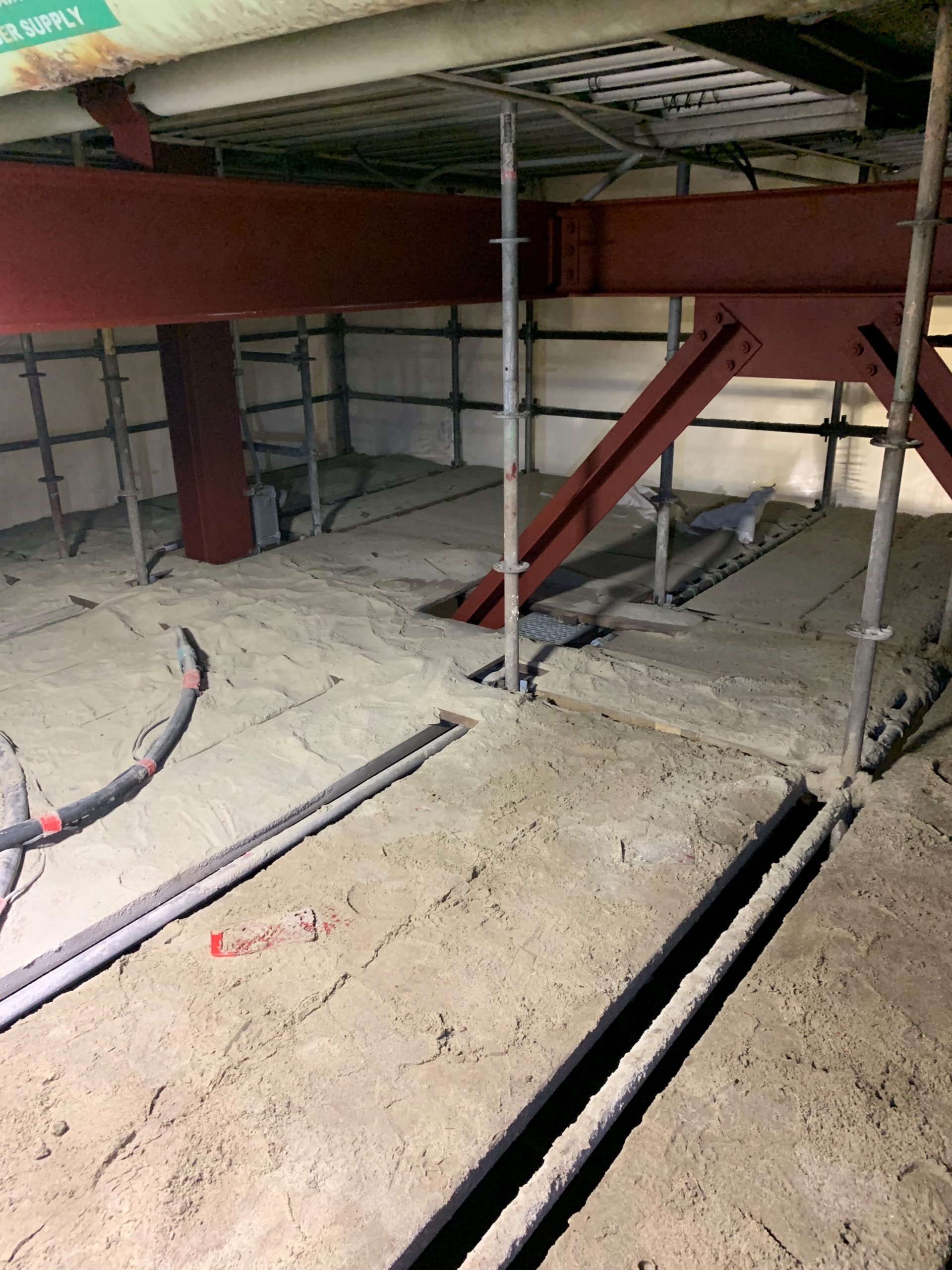
Case Studies

